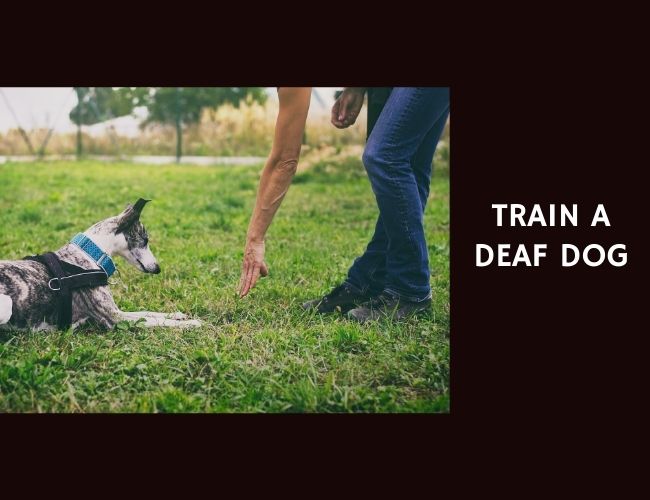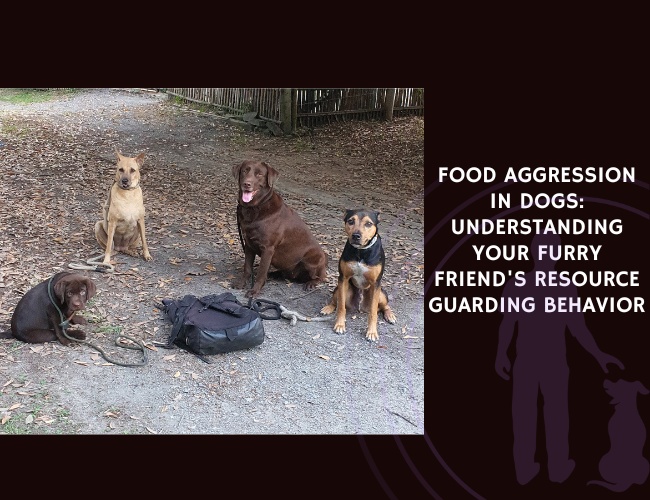Spatial working memory (SWM) tasks are commonly used to study canine cognition, aging, and individual differences. Typically, a reward is hidden in one of several buckets while the dog watches, followed by a delay before the dog is released to choose the correct bucket. Success at longer delays is considered to reflect memory ability.
However, Sarah Krichbaum, J. G. Smith, L. Lazarowski, and J. Katz found that dogs often bypass memory by relying on nonmnemonic strategies such as keeping their body oriented toward the correct bucket or sustaining visual attention during the delay.
The researchers compared performance in a standard SWM task with a modified version that prevented dogs from using these orientation cues. Dogs performed significantly worse when nonmnemonic strategies were eliminated, demonstrating that their apparent memory ability was inflated by these shortcuts.
The study also showed a strong link between the percentage of delay time spent orienting toward the correct bucket and success in the typical SWM task. This finding stresses the importance of internal validity in cognitive testing and cautions researchers against overestimating canine memory capacity without controlling for alternative strategies.
These results highlight that while dogs are skilled problem-solvers, test design must carefully separate true memory from learned strategies to ensure accurate insights into their cognition.
Source: Krichbaum, S., Smith, J. G., Lazarowski, L., & Katz, J. (2021). Controlling for dogs’ (Canis familiaris) use of nonmnemonic strategies in a spatial working memory task. Journal of Experimental Psychology: Animal Learning and Cognition, 47(3), 364–370. Authors: Sarah Krichbaum, J. G. Smith, L. Lazarowski, J. Katz. Publication Date: 2021-07-01. Journal: Journal of Experimental Psychology: Animal Learning and Cognition.










